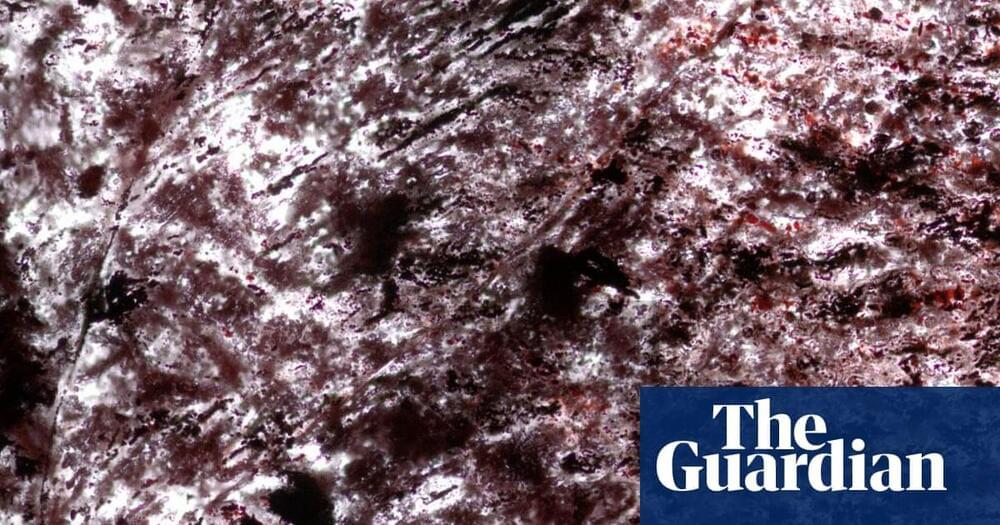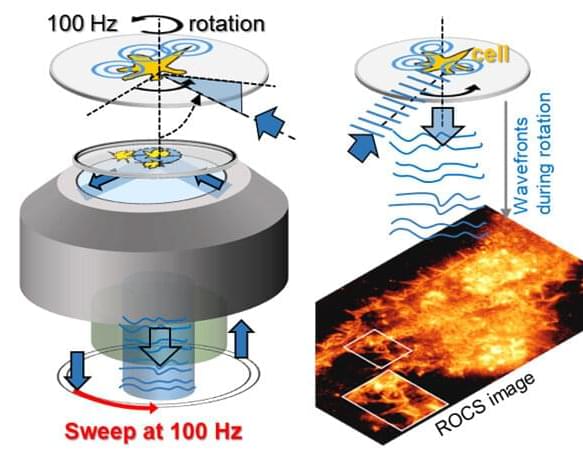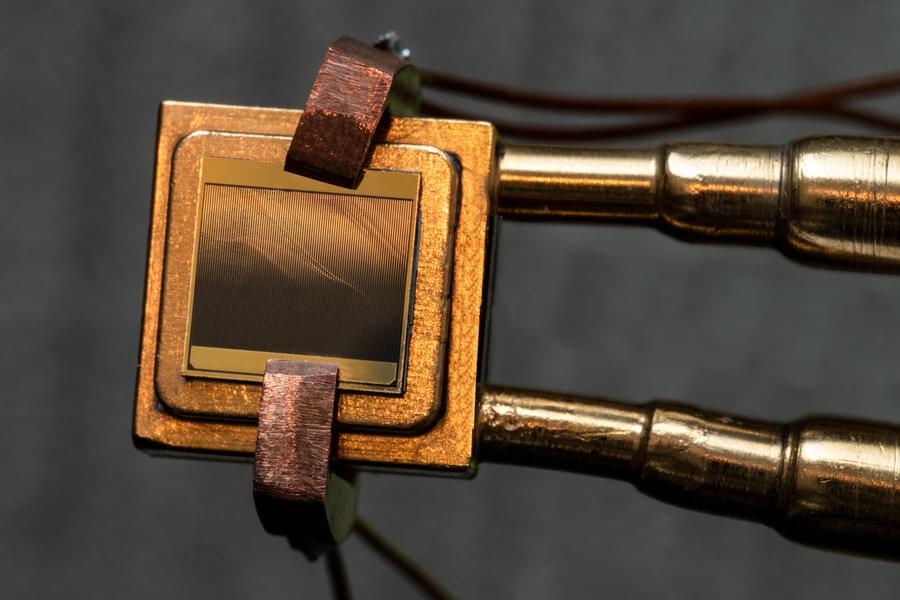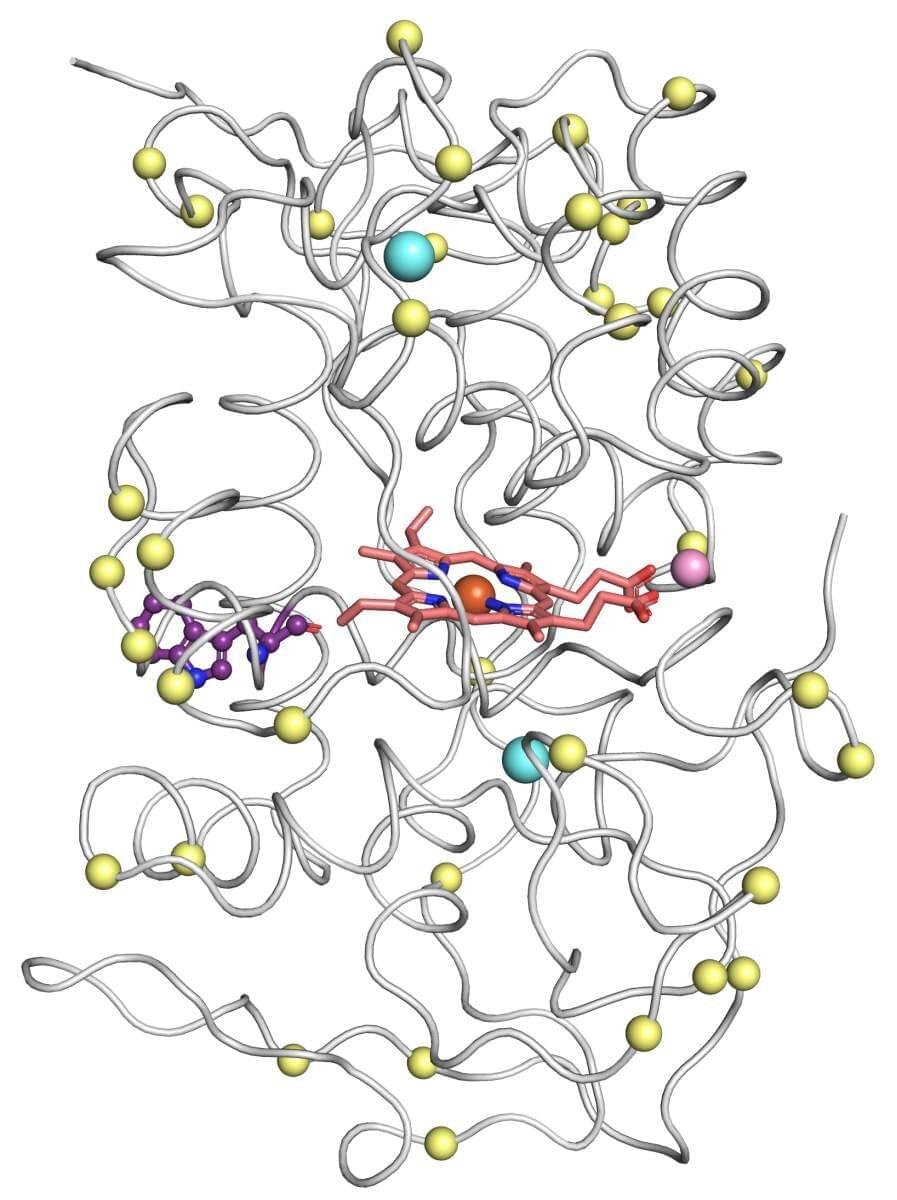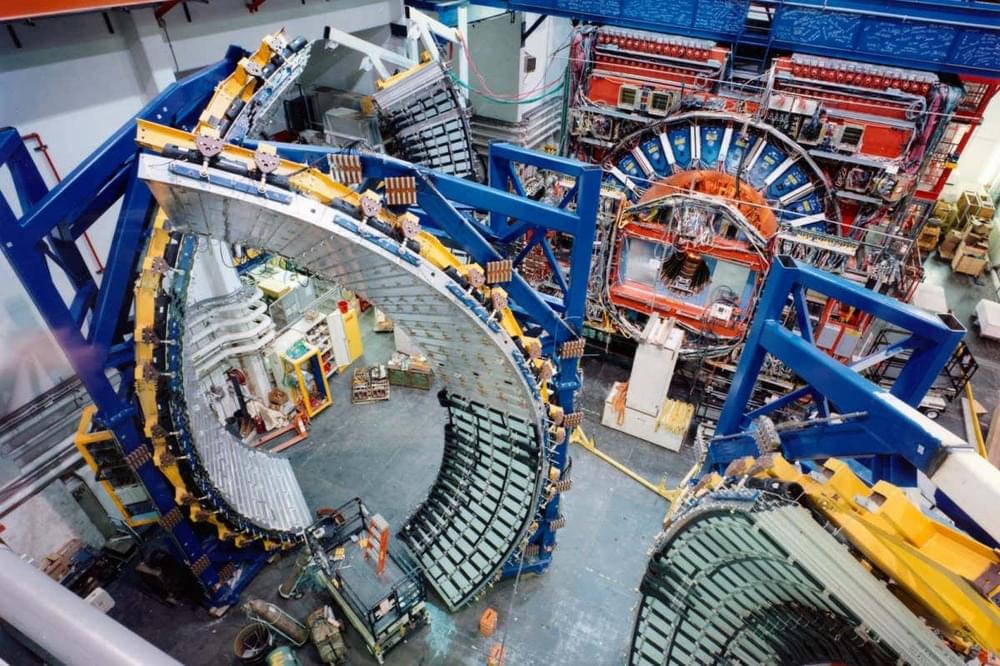Apr 13, 2022
Microfossils may be evidence life began ‘very quickly’ after Earth formed
Posted by Shubham Ghosh Roy in category: biological
Scientists believe they have found evidence of microbes that were thriving near hydrothermal vents on Earth’s surface just 300m years after the planet formed – the strongest evidence yet that life began far earlier than is widely assumed.
If confirmed, it would suggest the conditions necessary for the emergence of life are relatively basic.
